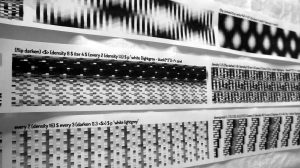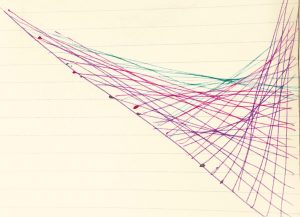Tilt Brush
Tilt Brush has been around for a while now. It is mostly used to power designs with Google VR in the 3D realm; however, “it is only starting to wow the masses”, according to the Creators Project. Google has just equipped the tool with brushes that respond to audio, which allow users to elevate painting with VR to a whole new level. In this age of VR, designers might not be able to paint with the color of the wind, but they are certainly capable of painting with the very sound of the wind.
The exact algorithm of this mind-blowing drawing tool is preserved from the public. But it is clear that it transforms the beat of the music, any kind of your choice, into the pulses in the strokes of your drawings. The audio reactiveness might seem like a minor addition to the brushes, but the possibility it entails is unmatched. With the audio element, we now have yet another reason to engage in an artistic experience in VR than when it was silent.
Learn more about Tilt Brush here
![[OLD – FALL 2016] 15-104 • COMPUTING for CREATIVE PRACTICE](../../../../wp-content/uploads/2020/08/stop-banner.png)







